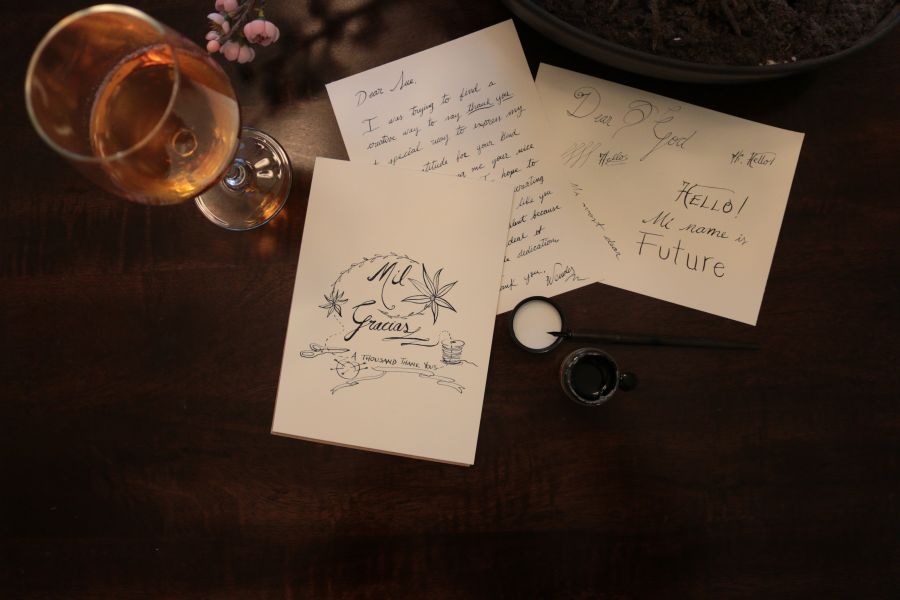西安大雁塔英语导游词
As the symbol of the old—line Xian, Big Wild Goose Pagoda is a well—preserved ancient building and a holy place for Buddhists。 It is located in the southern suburb of Xian City, about 4 kilometers (2。49 miles) from the downtown of the city。 Standing in the Da Ci'en Temple complex, it attracts numerous visitors for its fame in the Buddhist religion, its si—mp—le but appealing style of construction, and its new square in front of the temple。 It is rated as a National Key Cultural Relic Preserve as well as an AAAA Tourist Attraction。
This attraction can be divided into three parts: the Big Wild Goose Pagoda, the Da Ci'en Temple, and the North Square of Big Wild Goose Pagoda。
Big Wild Goose Pagoda
Originally built in 652 during the reign of Emperor Gaozong of the Tang Dynasty (618—907), it functioned to collect Buddhist materials that were taken from India by the hierarch Xuanzang。
htmlXuanzang started off from Chang'an (the ancient Xian), along the Silk Road and through deserts, finally arriving in India, the cradle of Buddhism。 Enduring 17 years and traversing 100 countries, he obtained Buddha figures, 657 kinds of sutras, and several Buddha relics。 Having gotten the permission of Emperor Gaozong (628—683), Xuanzang, as the first abbot of Da Ci'en Temple, supervised the building of a pagoda inside it。 With the support of royalty, he asked 50 hierarchs into the temple to translate Sanskrit in sutras into Chinese, totaling 1,335 volumes, which heralded a new era in the history of translation。 Based on the journey to India, he also wrote a book entitled 'Pilgrimage to the West' in the Tang Dynasty, to which scholars attached great importance。
First built to a height of 60 meters (197 feet) with five stories, it is now 64。5 meters (211。6 feet) high with an additional two stories。 It was said that after that addition came the saying—'Saving a life exceeds building a seven—storied pagoda'。 Externally it looks like a square cone, si—mp—le but grand and it is a masterpiece of Buddhist construction。 Built of brick, its structure is very firm。 Inside the pagoda, stairs twist up so that visitors can climb and overlook the panorama of Xian City from the arch—shaped doors on four sides of each storey。 On the walls are engraved fine statues of Buddha by the renowned artist Yan Liben of the Tang Dynasty。 Steles by noted calligraphers also grace the pagoda。
As for the reason why it is called Big Wild Goose Pagoda, there is a legend。 According to ancient stories of Buddhists, there were two branches, for one of which eating meat was not a taboo。 One day, they couldn't find meat to buy。 Upon seeing a group of big wild geese flying by, a monk said to himself: 'Today we have no meat。 I hope the merciful Bodhisattva will give us some。' At that very moment, the leading wild goose broke its wings and fell to the ground。 All the monks were startled and believed that Bodhisattva showed his spirit to order them to be more pious。 They established a pagoda where the wild goose fell and stopped eating meat。 Hence it got the name 'Big Wild Goose Pagoda'。
Da Ci'en Temple
Da Ci'en Temple is the home of Big Wild Goose Pagoda。 In 648, to commemorate the dead virtuous queen, royalty ordered the building of a temple named 'Ci'en' (Mercy and Kindness), for which the status and scale far exceeded all others。 Today, with an area of 32,314 square meters (38,648。5 square yards), one seventh of the original area, it still retains its grandeur。
Before the temple, there stands a statue of hierarch Xuanzang, the meritorious hierarch。 Walking on and acroa small bridge, visitors will see the gates of the temple。 With guarding lions, the temple seems stately for lions were said to function as talismans。
Entering the temple you will see two buildings—Bell Tower in the east and Drum Tower in the west。 Inside the Bell Tower hangs an iron bell 15 tons (14。76 grotons) in weight。 It was molded in 1548 in the Ming Dynasty (1368—1644)。 Along the central axis are arranged the Hall of Mahavira, Sermon Hall, Big Wild Goose Pagoda, and the Hall of Xuanzang Sanzang。 In the Hall of Mahavira are three carved statues of Sakyamuni, and 18 arhats as well as Xuanzang。 The Sermon Hall is where Buddhist disciples would listen to a sermon。 A bronze statue of Amitabha is dedicated and a Buddha statue is collected by Xuanzang as oblation。 The Hall of Xuanzang Sanzang is north of Big Wild Goose Pagoda。 In this hall are Xuanzang's relic and a bronze statue of a seated Xuanzang。 The inner wall is chiseled with murals depicting this hierarch's story。 Renowned as the contemporary Dunhuang Buddhist storehouse praised by UNESCO, it is the biggest memorial of Xuanzang。
相关文章
关于颐和园的导游词精选十五篇)2023-06-18 14:03:42
景泰蓝的英文导游词2023-06-18 00:41:29
山东崂山东麓华严寺导游词2023-06-05 19:39:52
西安旅游导游词2023-06-07 06:58:17
导游词作文420字2023-06-17 16:55:54
嘉兴乌镇导游词(7篇)2023-06-02 12:14:27
上海对外经贸大学和北京交通大学(威海校区)对比哪个好(排名分数线区2024-03-31 16:25:18
河北高考排名237950名物理能上什么大学(能报哪些学校)2024-03-31 16:19:23
山东城市建设职业学院在山东招生人数和招生计划 多少人2024-03-31 16:15:16
上海农林职业技术学院在湖南招生人数和招生计划 多少人2024-03-31 16:12:52
吉林农业科技学院在湖南招生人数和招生计划 多少人2024-03-31 16:09:19
安徽高考多少分可以上云南经贸外事职业学院 招生人数和最低分2024-03-31 16:04:52
景点导游词(十五篇)2023-06-11 20:10:27
四川九寨沟导游词(精选十五篇)2023-06-03 11:44:39
湖北省有名景点导游词2023-06-18 14:24:56





